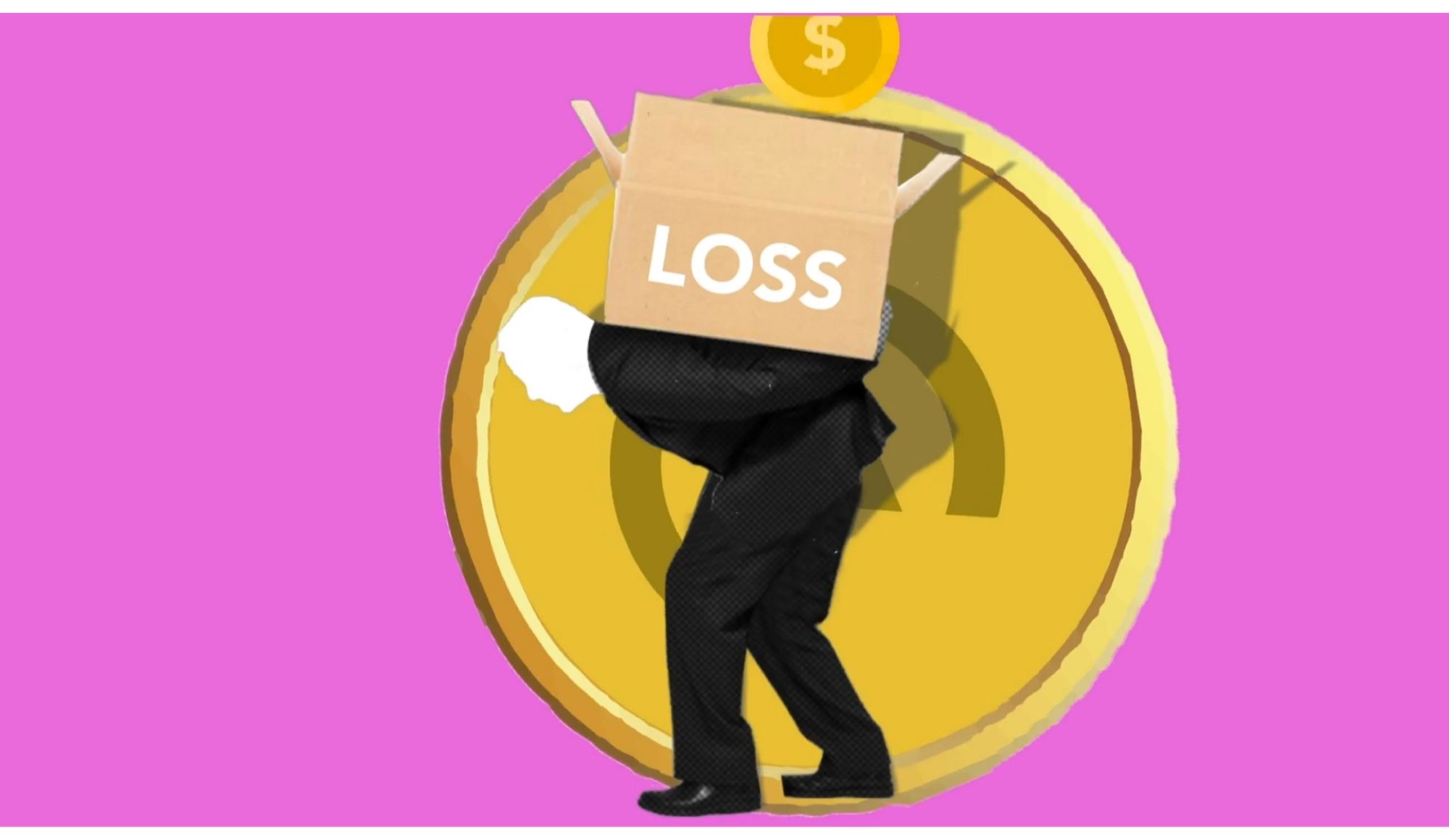2 Great ETFs You Cannot Ignore
If you’re looking to support your retirement income portfolio, two top exchange-traded funds recently touted by top analysts are well worth examining. These two funds have the potential to complement each other and thrive in a rising rate environment.
First is the Schwab US Dividend Equity ETF (or SCHD on the ticker.) This ETF follows the Dow Jones 100 Dividend Index and, is made up of companies with a history of reliable dividends.
The other is Fidelity’s Dividend ETF for Rising Rates, which we’ll talk about in more detail below.
ETF Fund Holdings
In terms of the holdings for these two ETFs there’s some overlap. For instance, both of them hold big retailer Home Depot (HD).
The Schwab fund also includes names like Merck and Texas Instruments, and others offering outsized dividends. SCHD also holds giants like Broadcom (AVGO) and Pepsi (PEP) that have been dominant market positions.
The Fidelity ETF includes a laundry list of top tier names, such as Apple, Microsoft, United Healthcare, and Pfizer. Many of these also offer competitive dividends to investors.
Apple, which is part of the top U.S. tech stock group called “FAANG” (Facebook, Apple, Amazon, Netflix, and Google) is prized for this reason: its dividend combined with years on years of positive growth and share buybacks has created a $3 trillion+ company.
Both of these funds target somewhat similar equities as holdings, the types of solid blue-chip firms that Warren Buffett, for example, might praise as stalwarts in a rapidly evolving marketplace. But there are some differences, too, as you will see.
SCHD and FDRR ETF Track Records & Fees
The Schwab fund has an impressive track record of 16% returns for the last five years. That compares well to many diversified funds’ performances, and a testament to the long-term advantage of holding this fund.
The Fidelity ETF comes in just under that mark with an annualized return of 14% since 2016 when the fund was created.
In terms of dividends, the Schwab fund offers dividends of 2.9% while the Fidelity fund offers a dividend rate of 2%, with net assets of $522 million.
It’s also helpful to look at the administrative fees for both of these funds.
Schwab’s expense ratio is a very small at 0.1%, well under the average estimate of 0.5% for fund fees. Fidelity’s expense ratio is also under the average at 0.3%.
What To Watch For
The Schwab dividend fund is made up of market movers. So one of its drawbacks would be apparent in a bear market when equities of all types tend to suffer. In a sustained bear market, the Schwab SCHD Dividend fund might not at least cushion the blow of falling share prices with a regular stream of dividends.
The Fidelity fund is a little bit different. In addition to picking blue-chip companies offering competitive dividends, the fund also features holdings that have tracked with U.S. Treasury note yields.
These ETFs are holding equities, not bonds. But they are equities that have been seen to correlate with bond interest activity. So with that said, FDRR helps investors to plan for the eventual rising interest rates that many predict from the Federal Reserve.
Keep in mind, the central bank has slashed interest rates to near zero and kept them there for a number of years. Many economists expect that this very low base interest rate can’t last forever, and every so often there are rumors and reports of possible tapering or bringing rates back up to par or a status quo ante.
With that said, the Fidelity fund could help investors to weather a rise in interest rates. What might make it less attractive is if no such interest rate activity occurred. Then you would still get the dividends and the natural growth of some of America’s top stocks but the real powerful punch for Fidelity’s dividend fund would be evident as treasury bill yields increased.
In either case, though, the dividend provides a theoretical cushion for any unanticipated market change. One of the things that investors like as they near retirement is dividends versus a reliance on share price increases.
The bottom line is if you’re looking for income and a possible hedge to inflation fears, these two could be the way to go.



